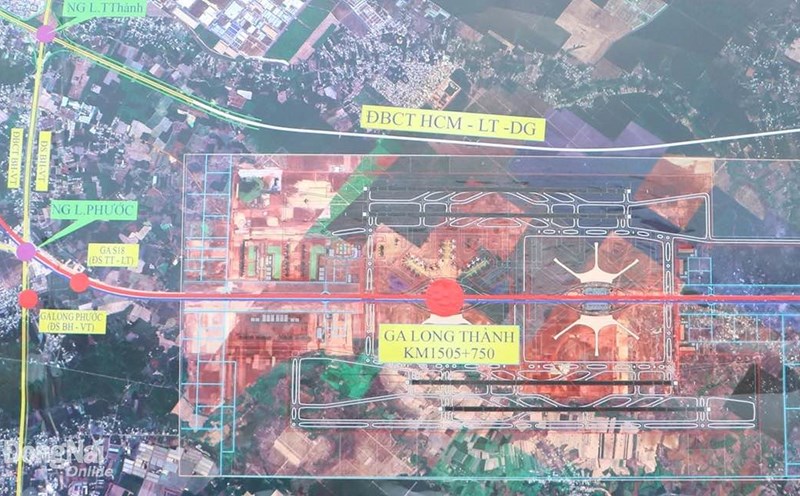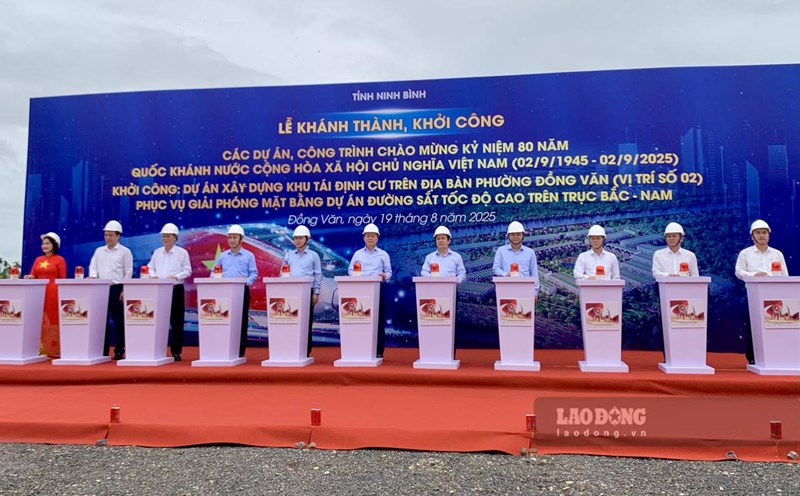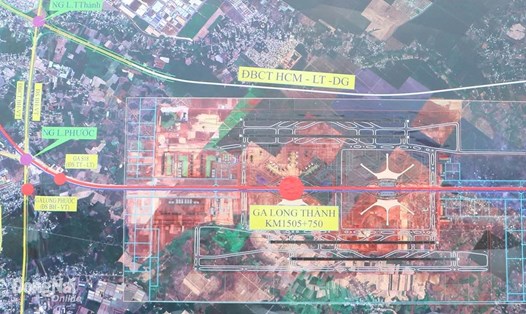Specific mechanisms are being proposed to pave the way for public-private partnerships (PPP), exploitation of land around the station and development of the domestic railway industry.
Proposing a specific mechanism
The Ministry of Construction is finalizing a draft Resolution of the National Assembly on a number of specific mechanisms and policies, especially applied to the North-South high-speed railway project. Accordingly, the project is still implemented in the form of public investment, so it is necessary to add regulations allowing investment under PPP, business investment or mixed investment. The draft proposes a flexible mechanism for the Government to choose appropriate investment forms, with corresponding provisions.
One of the important contents is compensation, support, resettlement and relocation of power projects. Compared to Resolution 172/2024/QH15, the new draft allows the separation of this content into independent projects, assigning localities to proactively implement, helping to shorten procedures and site clearance progress. In case the central budget has not yet allocated capital, the locality can advance the budget for implementation and receive a refund later.
Regarding investment preparation, the draft adds a provision allowing investors to organize the preparation of a Feasibility Study Report according to the provisions of the law on construction and railways. Regarding the exploitation of land around the station (toD model), the draft opens up a direction to mobilize resources from urban and commercial development around the station, and reinvest in railway infrastructure. Localities are allowed to establish independent projects to compensate, resettle, reclaim land and auction land use rights around the station.
Regarding financial policy, the draft reflects the proposal to allow the State to lend up to 80% of the total investment for business investment projects, with long-term preferential interest rates.
For PPP projects, the Ministry of Construction recommends raising the proportion of State capital participation to no more than 80% of total investment, to ensure financial efficiency, attracting the private sector in the context of large-scale projects and slow capital recovery profits. At the same time, propose a mechanism to exempt the limit of total outstanding credit for loans serving high-speed railway projects, creating conditions for businesses to access domestic capital.
Experts recommend
At the International Workshop "Modern technology in the design, construction, operation and exploitation of high-speed railways" recently organized by the University of Transport, Dr. Kim Gyeng Chul - former Chairman of the Korea Transport Institute (KOTI) - shared the process of Korea mastering high-speed railway technology.
Mr. Kim Gyeng Chul said that Korea initially received the technology transfer from France, but after just over a decade, it has become 70% autonomous. That success comes from a suitable technology selection strategy, investment in research and building a domestic business ecosystem to participate deeply in the production chain.
From this experience, Dr. Kim affirmed that Vietnam can develop ships running at 350 km/h if there is a methodical development strategy, linking research institutes, universities and businesses. Mr. Kim cited that China only allows foreign capital to account for less than 49%, thereby creating conditions for domestic enterprises to grow strongly and by 2017, it had been able to produce high-speed ships completely autonomously.
From a domestic perspective, Associate Professor, Dr. Nguyen Hong Thai - University of Transport - said that international experience shows the increasingly large role of the private sector in developing high-speed railways, from investment, maintenance to service provision. Vietnam should encourage the private sector to participate in infrastructure and commercial activities at the station, both reducing the budget burden and creating tens of thousands of quality jobs.











